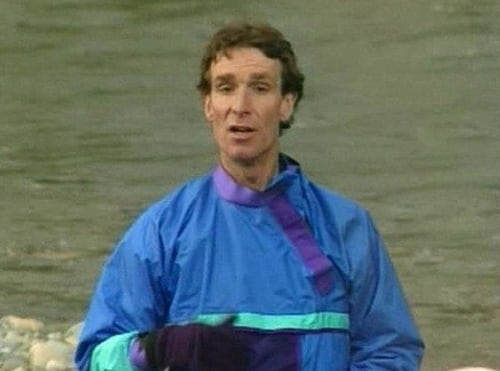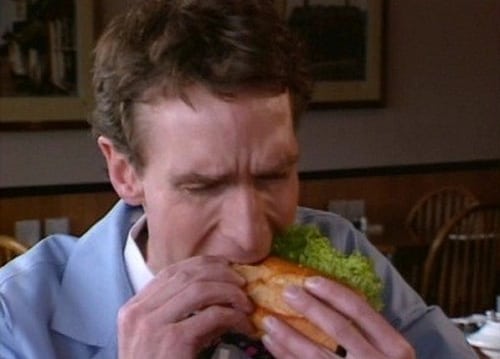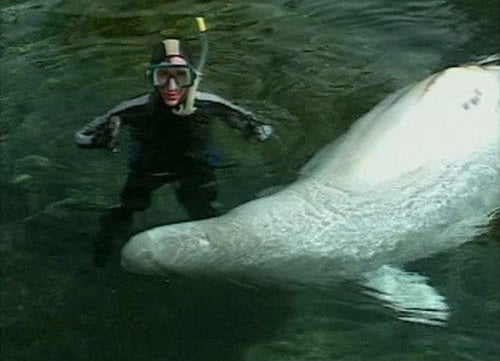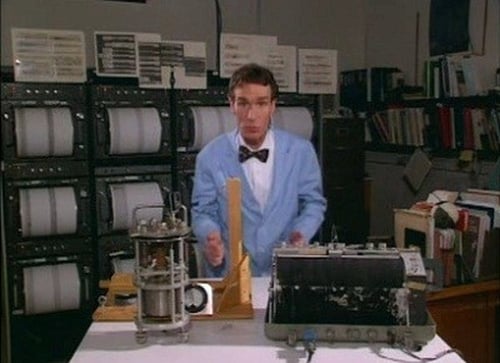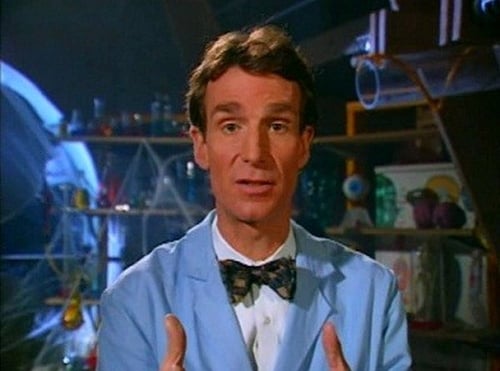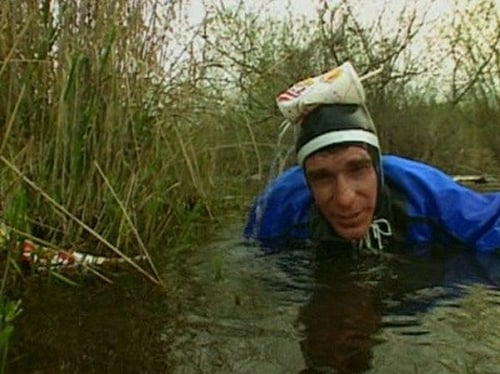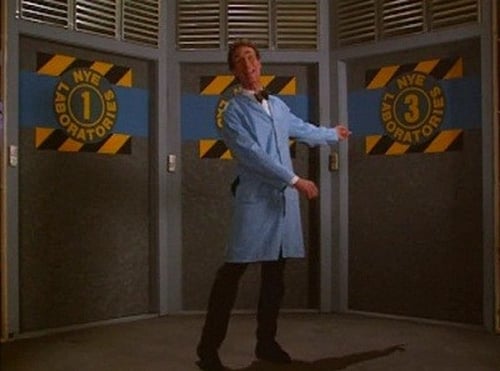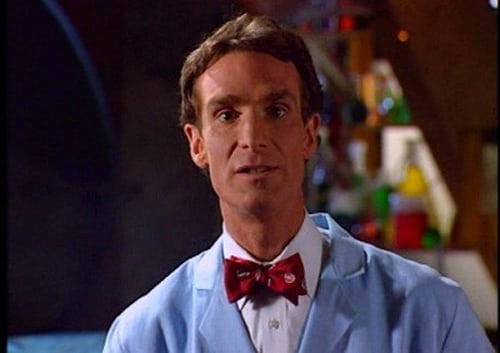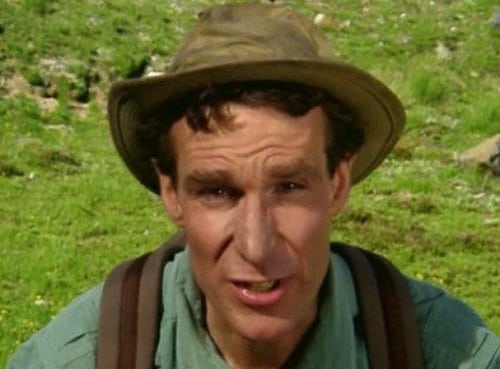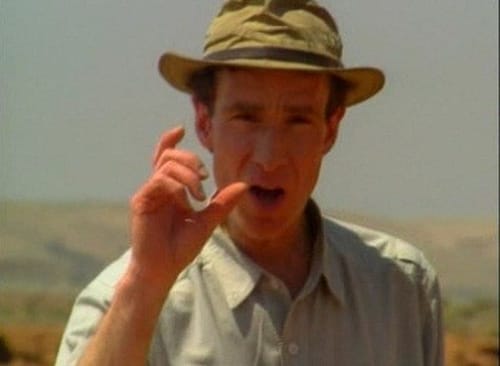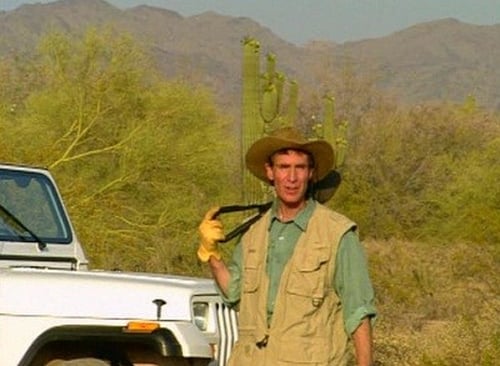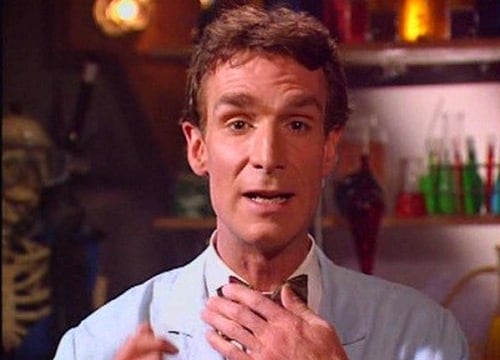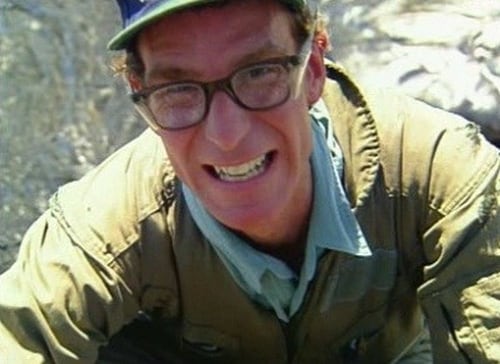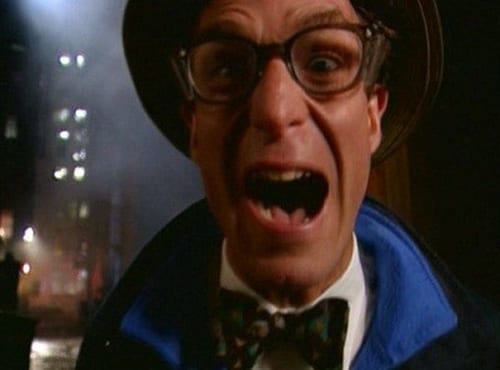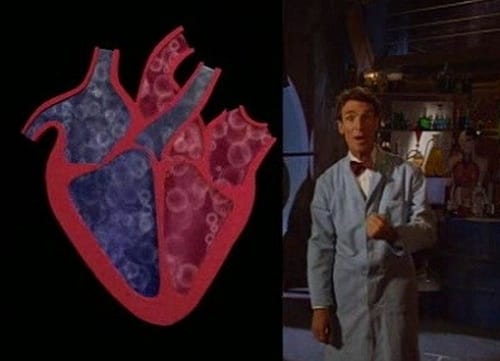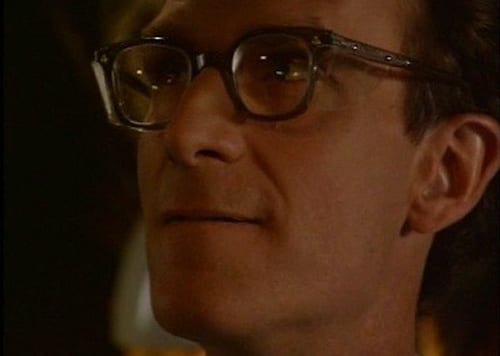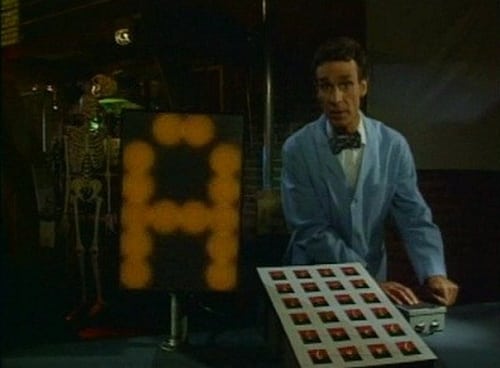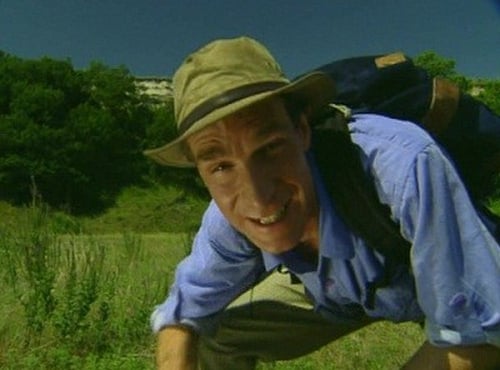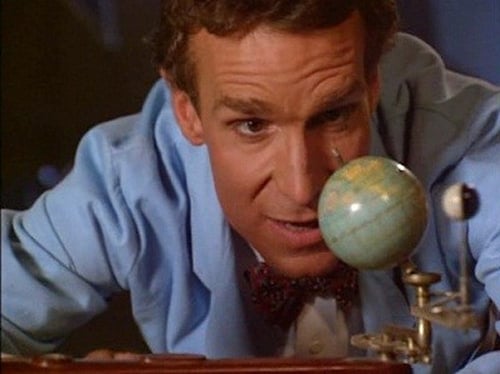
ComedyDocumentaryKids

The Best Episodes of Bill Nye the Science Guy Season 4
Every episode of Bill Nye the Science Guy Season 4 ranked from best to worst. Discover the Best Episodes of Bill Nye the Science Guy Season 4!

The Best Episodes of Bill Nye the Science Guy Season 4
ComedyDocumentaryKids
Every episode of Bill Nye the Science Guy Season 4 ranked from best to worst. Discover the Best Episodes of Bill Nye the Science Guy Season 4!
It's "Mr. Wizard" for a different decade. Bill Nye is the Science Guy, a host who's hooked on experimenting and explaining. Picking one topic per...
Seasons5
Season 4 Ratings Summary
"Rivers & Streams" is the best rated episode of "Bill Nye the Science Guy" season 4. It scored /10 based on 0 votes. Directed by Unknown and written by Unknown, it aired on 11/3/1995. This episode is rated 7.0 points higher than the second-best, "Nutrition".
